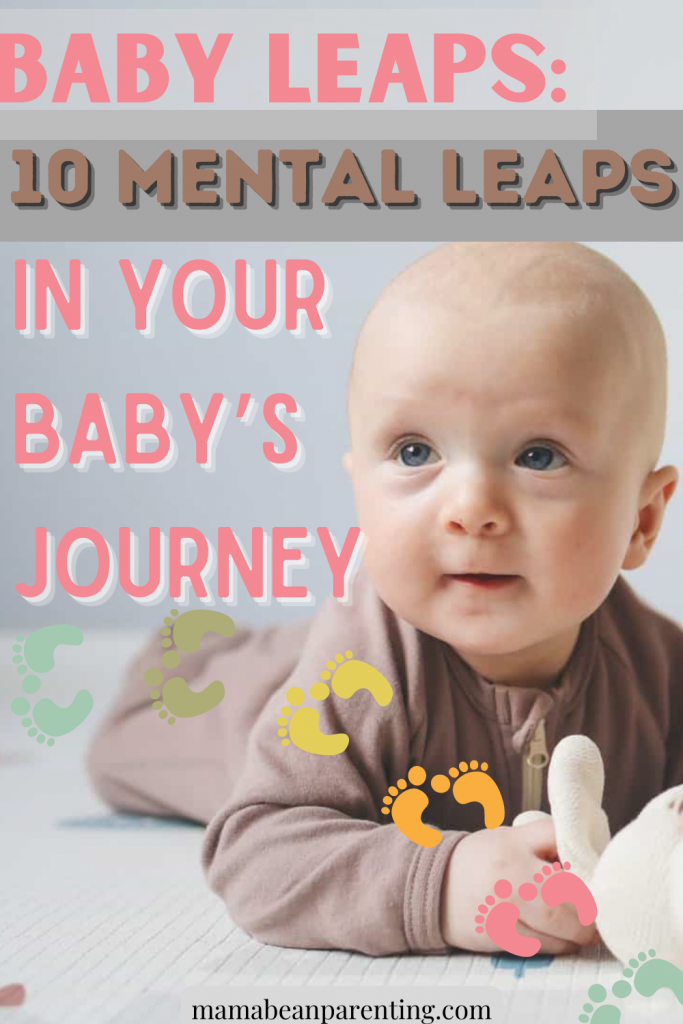Baby leaps sound fun and exciting, but they’re not a straight line.
In other words, every person is different, so why shouldn’t all these little babies be different, too? Well, they are, so it’s important that we clarify that right from the get-go, because every baby takes different steps in their life journey.
In fact, parents tend to obsess too much about their baby’s growth in general.
Ideally, you want to monitor and observe your little angel’s journey as they develop, but not to the point where you can’t cherish these precious moments.
Every grown person has strengths and weaknesses, and babies have them, too. So, it’s important that you don’t start comparing your baby to others and worrying about whether or not your baby is going to catch up in certain things.
We think that you’ll find that your baby is doing just fine.
Be patient. Let your baby grow at their own pace.
They can feel your stress, you know.
With that in mind, baby leaps primarily represent your baby’s mental growth as defined by the authors of the bestselling book, Wonder Wheels. As always, take it with a grain of salt, but the book’s accuracy might just surprise you.
What Exactly Are Baby Leaps?
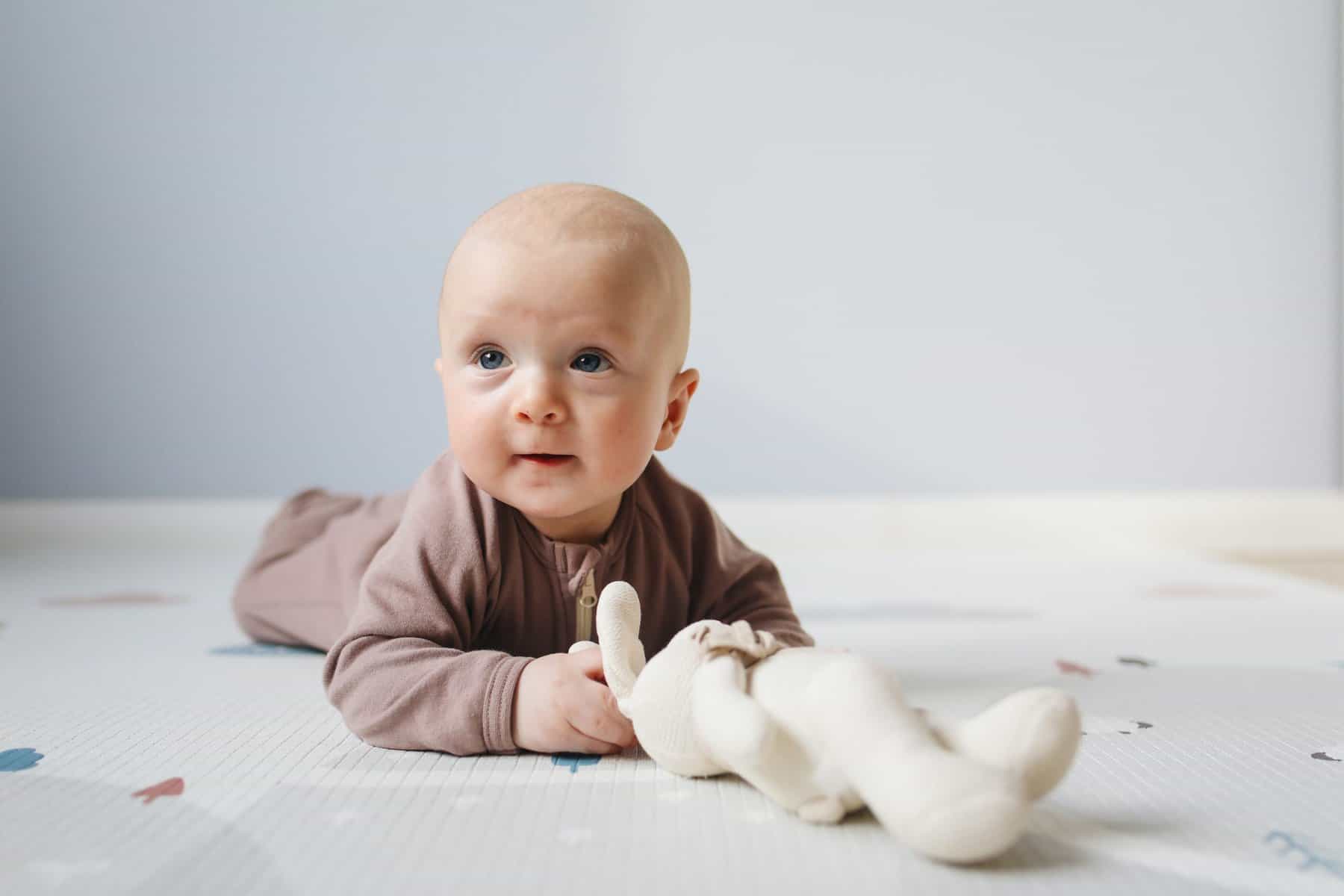
Baby leaps represent positive changes.
As with every newborn, these changes transpire rapidly.
The sheer pace of their growth makes time fly by. That’s why we advise taking photographs, keeping a journal and even practicing mindfulness so that you can, above all else, immortalize and cherish your baby’s precious journey.
Your baby hits milestones as they grow and develop.
That’s what we call baby leaps.
Some they hit earlier, some later. So, give it time.
Baby leaps imply mental changes, while growth spurts imply physical developments. It helps to know the difference, since we’ll be using these terms throughout the article to help explain what exactly are development leaps.
The first two years of your baby’s life consist of ten baby leaps.
However, these development leaps occur in a fleshed out time frame. So, if your baby was born a week early or late, their leaps occur earlier or later, as well.
In total, we identify ten baby leaps. So, what exactly are these development leaps and how can knowing them help you understand your baby better?
Leap One
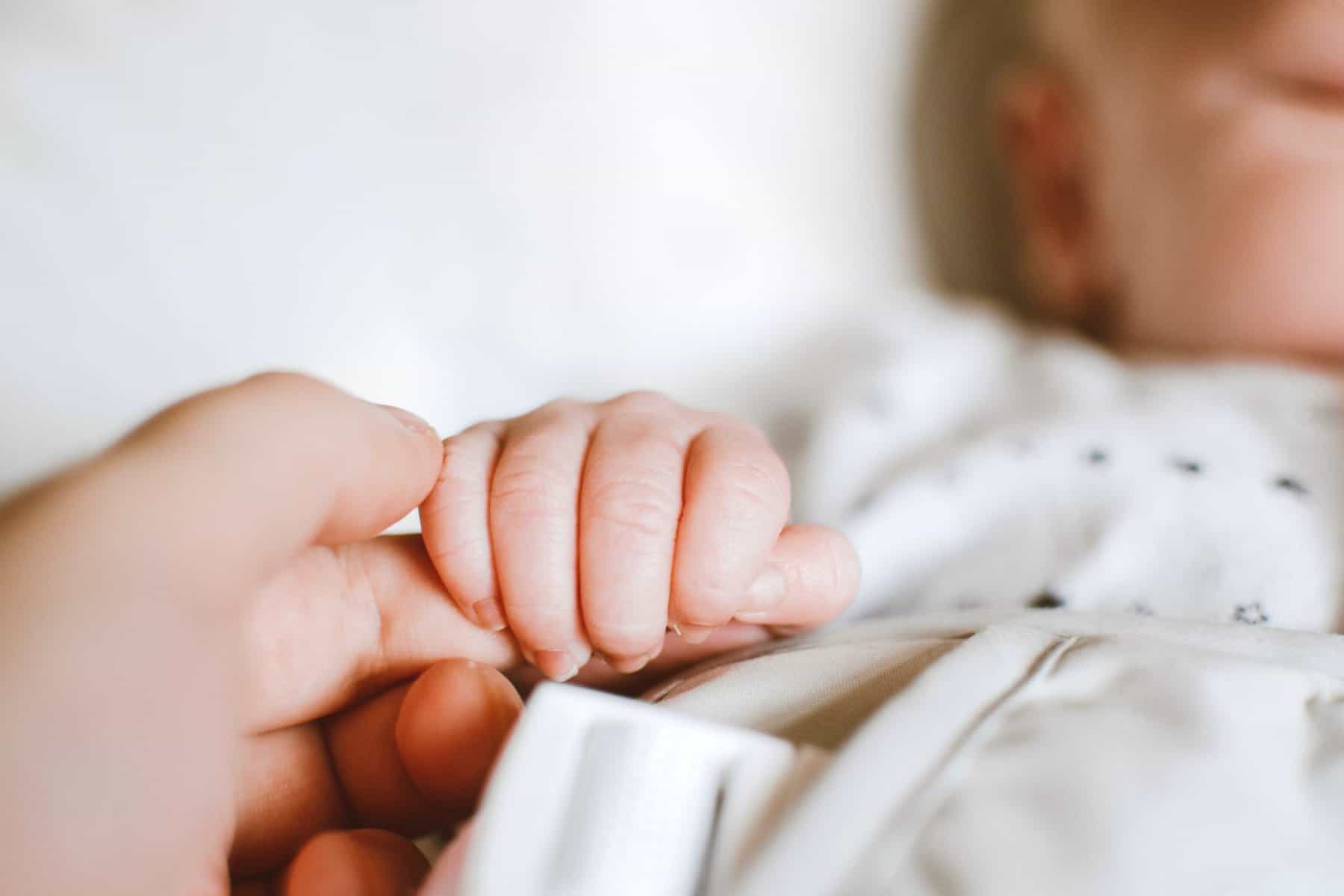
When your baby turns 4 weeks, the first leap begins.
As you’re bound to notice, they become more observant of their surroundings.
Your baby’s awareness sharpens to the point where they begin to understand sensations. More so, the baby’s mental development allows them to interact with the world unlike before, even though it’s still mostly done subtly.
The things going on around them suddenly influence them more.
During this baby leap, your baby starts getting more emotional. That means more happiness, but more sadness, more crying and crankiness, as well.
When the first leap happens, babies tend to get a little bit more clingy, too.
Allow them to feel their emotions, even the negative ones. These firsts mean a lot to your baby as their brain adjusts to their newfound self-awareness.
Your baby’s likely to show a higher interest towards the world around them. As such, their desire to interact and experience things increases and intensifies.
Do your best to cultivate their awareness by introducing new things.
Play to your baby’s curiosity.
However, it’s quite probable that your baby may also enter a fussy phase during the first baby leap. This is a big test not only for your baby, but for you, as well, because your patience and composure is certain to be strained.
As always, remain composed and observant of your baby’s growth.
Leap Two
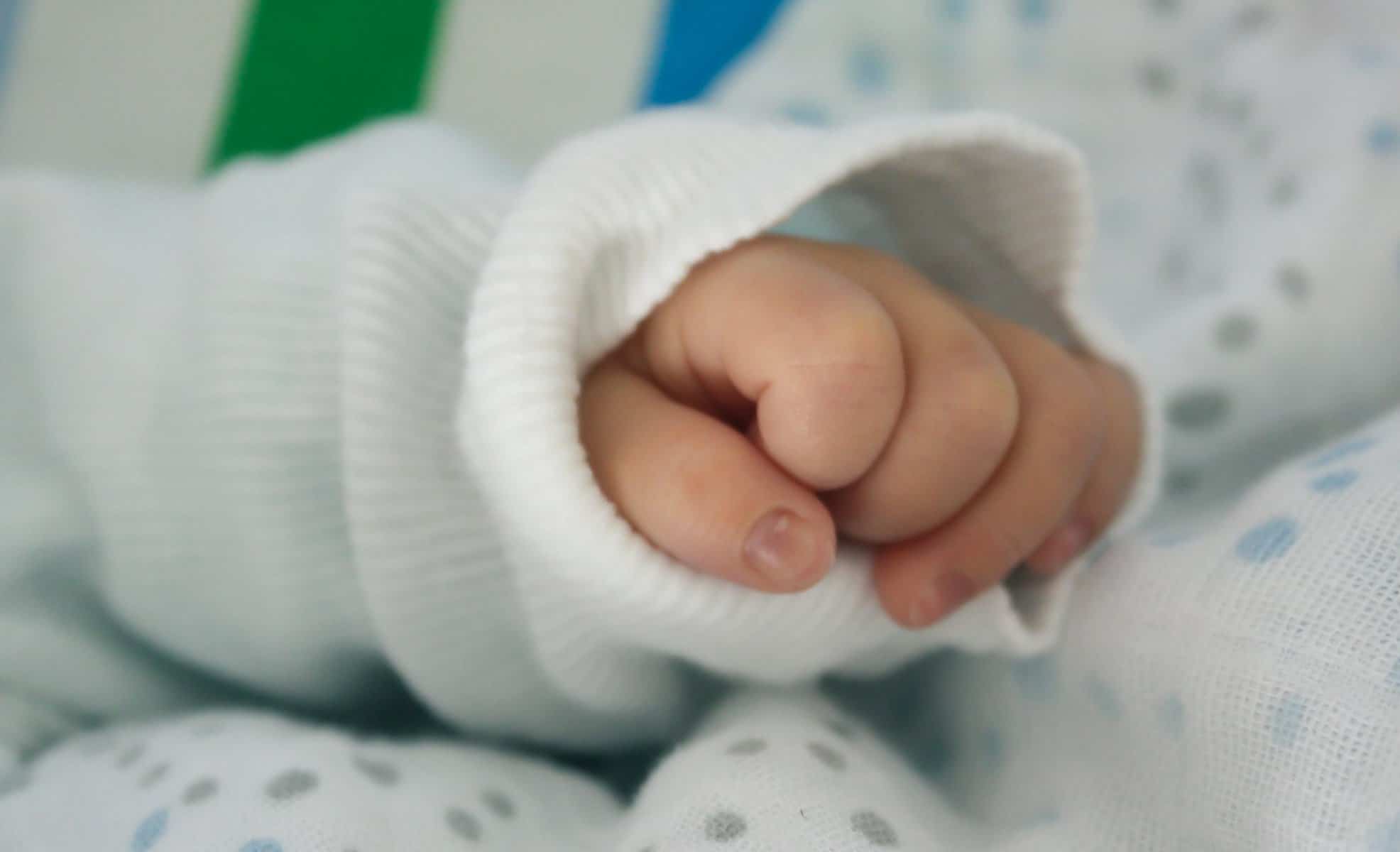
The first baby leap lasts roughly until week 7.
That’s when your baby makes their second development leap.
So, what’s new? Well, your baby is starting to discover patterns. That means that the world around them is no longer a blurry mess. As such, your baby starts to perceive individual things, especially movement in the form of hands.
The world is no longer just one thing.
Now your baby starts to notice that things differ from other things. They also become more mindful of their own body, their own tiny little presence.
During this baby leap, you’re encouraged to nurture your baby’s growth by introducing more new things and activities. Your baby’s hunger for knowledge grows. So, make sure that you keep their brain stimulated as much as you can.
Regardless of whether your baby had a fussy phase before, it’s likely that they may enter one again, or for the first time. During the second leap, your baby is certain to test you in new ways as they start recognizing their individuality.
More so than ever before, the world fascinates them. Instead of calmness, they seek activity. Your baby feels like a little adventurer during the second leap.
As such, with safety in mind, allow them more freedom than before.
Leap Three

The third baby leap begins around week 11.
In this phase, your baby is starting to understand transitions.
What does this development leap actually mean? Well, a transition implies a process where something changes from one state to another. As such, your baby is starting to become more perceptive of light, colors and shades.
That means that your baby’s senses are maturing.
It’s often that babies become somewhat more inactive during this leap. That’s because they’re focusing on observing the world, rather than interacting with it. Having gained knowledge of patterns, transitions now fascinate them.
During the third phase, it’s common for babies to be more cranky.
So, expect a lot crying, a lot of fuss.
Stay calm and patient. One little detail at a time, your baby’s deciphering the world around them, but it takes patience for everything to fall into place.
All your precious little angel’s senses are starting to activate.
In the following weeks, make sure to introduce new and exciting things for your child to explore. Try to keep their senses stimulated as much as possible.
The third developmental leap affects your child’s movement, as well.
You may notice that they’re not as stiff as before, and that there’s a certain grace and elegance as they move their arms with a clear purpose.
Leap Four
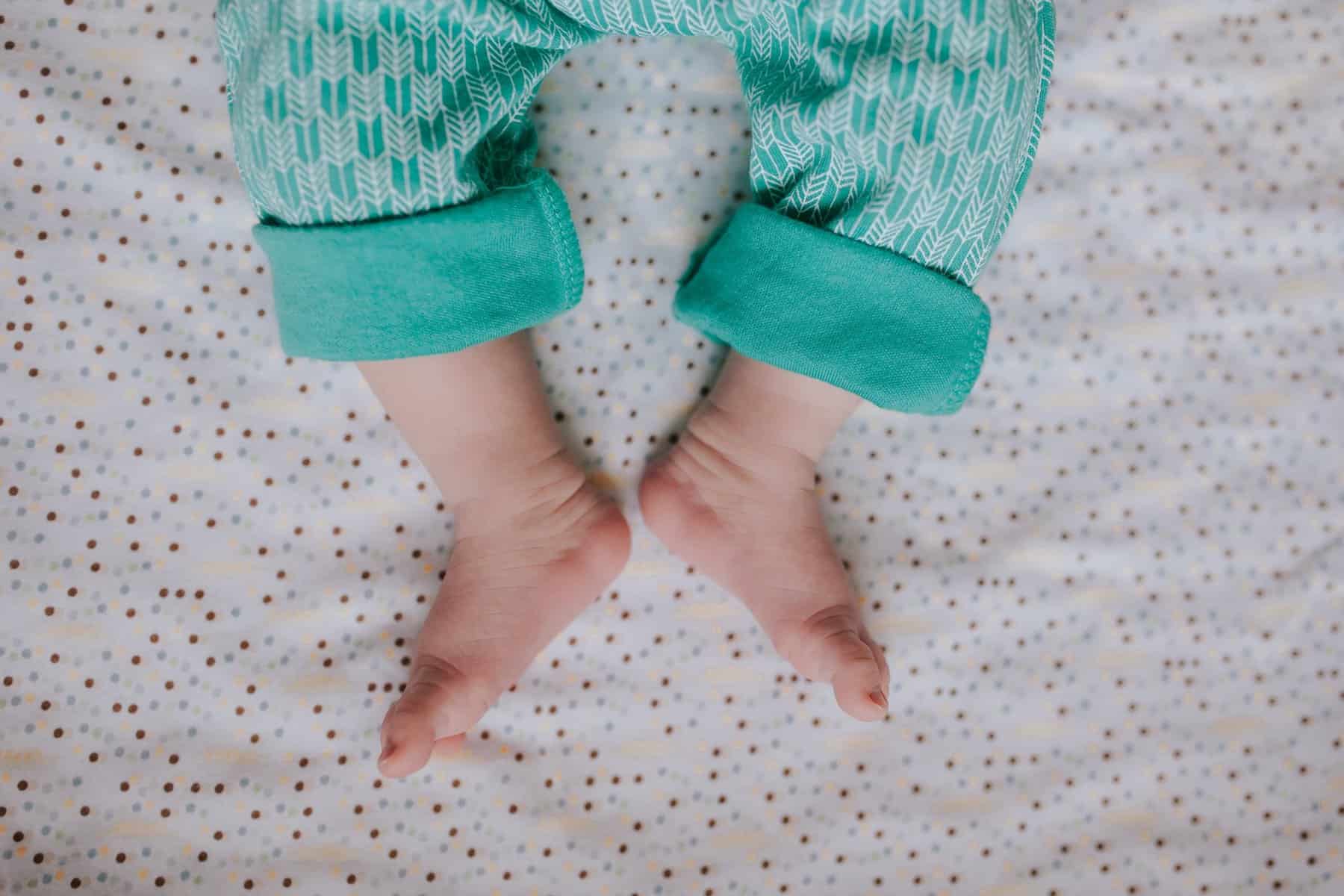
Around week 14, leap four begins, and it’s all about events.
Your child is starting to grasp not only that things happen, but that they have outcomes and consequences, too. Everything your baby learned before now makes even more sense. Your child is building a pyramid of connections.
They begin to perceive changes.
Changes, however, are sometimes scary for adults, neverminded babies. So, it’s fair to say that your child may be a little bit more restless during this phase.
That doesn’t mean that you should be trying to negate negative outcomes. Overprotecting your child can lead to valuable lessons lost. In a safe and healthy environment, a baby experiences both negative and positive emotions.
Your child may try to resist changes, which is natural.
To keep their growth fluid, ensure that your child is experiencing new things all the time, but not to the point that it overwhelms them. As always, do everything in moderation with safety and education being, of course, top priority.
These four baby leaps help your child understand the world.
However, it’s also becoming increasingly obvious to them that they have a presence in the world, that they can initiate things, rather than observe them.
So, you may start seeing your child doing things on their own more than before.
After these developmental growths, skills come into play.
Leap Five

At 22 weeks, the fifth baby leap begins.
What exactly happens during this development leap?
In the coming weeks, your child is going to start forming relationships.
That’s not to say that you don’t have a bond with your baby already established. On the contrary, your child is just starting to perceive it themselves. As such, they feel more aware of your presence and also more aware of your absence.
During these weeks, be prepared for separation anxiety.
Having grasped how significant a role parents play in their life, they want to be around them more. So, your baby’s going to be more clingier than usual.
However, this baby leap isn’t just about relationships between people.
Your child is starting to understand the connections between events, as well. One thing leads to another, and it now makes sense. This developmental stage resembles the final piece of the puzzle in their desire to decipher the world.
What happens next?
Well, to navigate the world, babies need skills. So, it’s your responsibility to teach them how to navigate and interact with the world around them.
Don’t expect them to get everything right from the start. Instead, try to focus on making sure that your child falls in love with learning and experimenting.
Do this by incorporating fun and exciting toys, puzzles and activities.
As your baby’s awareness grows, at this stage of their growth they learn that you can leave them behind. Your absence leads to fussiness and crankiness.
Make sure to keep your baby reassured, but not to the point that they start developing intense codependency. Try teaching that distance doesn’t, in fact, negate their safety, and that they can still be safe when you’re not around.
Leap Six
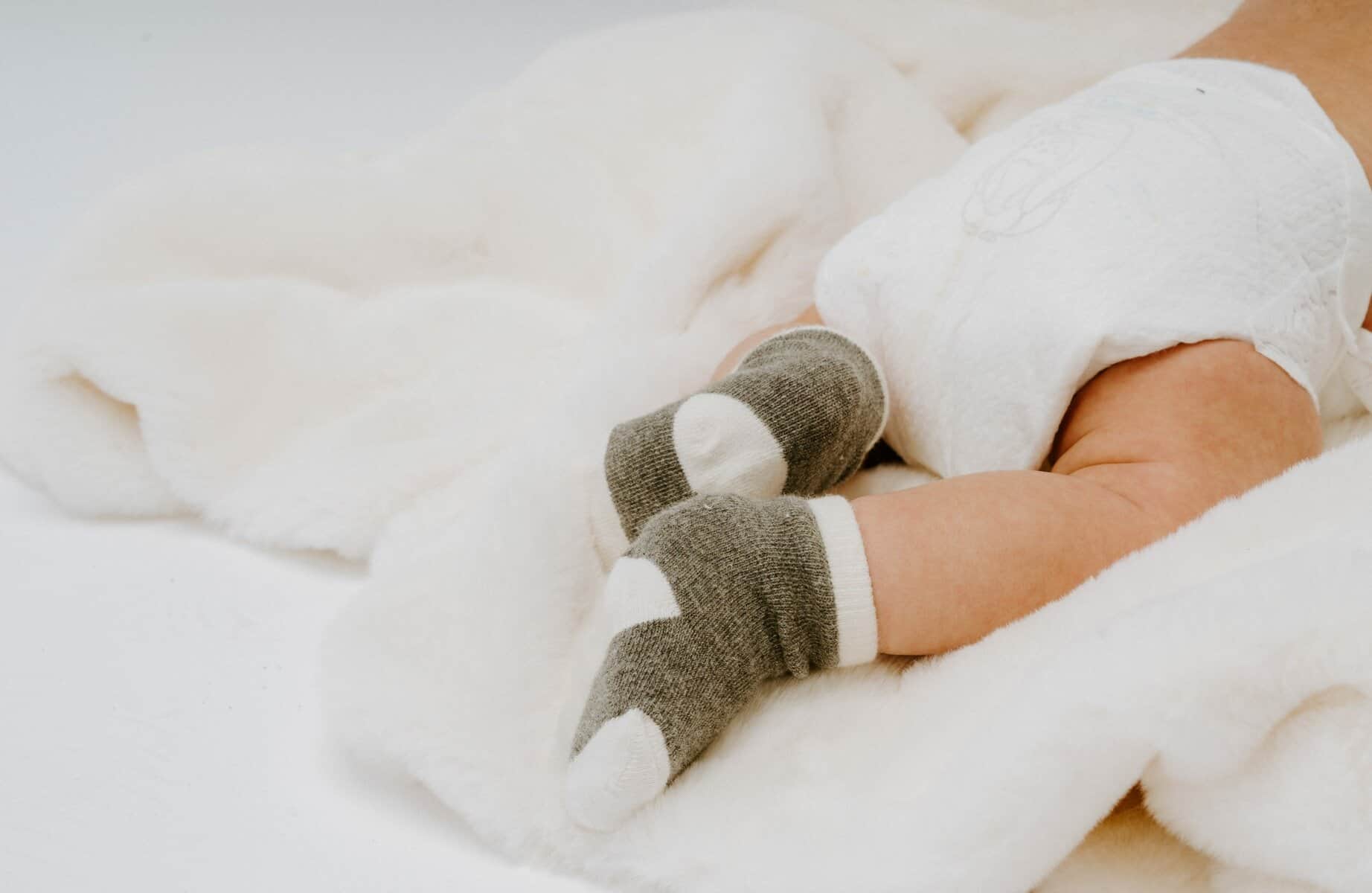
To make better sense of the world, your child’s brain is starting to categorize all sorts of things. That’s the main takeaway from your baby’s sixth leap.
This stage begins at week 33.
The key discovery that they make during this period is the fact that similar things can be considered as a category. For example, with so many different toys within reach, they begin to understand the plurality of toys overall.
Since they have similar qualities, all toys become, well, toys.
Your child starts to apply this way of thinking to most things, as well as people. Suddenly their world becomes filled with categories, which simplifies things.
However, this realization leads to another fussy stage. Brace yourself for all manner of tests and challenges, because your baby may outright decline to eat.
It’s a difficult period for parents, but a crucial step for your baby.
The skills taught during the last baby leap now come to better fruition. Far from perfection, of course, but it becomes clearer that your child is making the right steps. Also, their emotional awareness gains a completely new depth.
In fact, they’re more able to discern your emotions. They understand your anger, your sadness, your happiness. So, make sure to remember that, because your baby feeds off your energies. You want to radiate positivity.
Leap Seven

Your child’s seventh leap occurs around week 41.
While the last stage of your baby’s development involved disassembling things in order to understand them, this phase is a whole different story. To be specific, your baby is going to start building things by applying their creativity.
Therefore, the seventh baby leap revolves around sequences.
Your child is figuring out how to assemble things in a certain order. Now, that’s quite a skill to develop, and you’re encouraged to provide all the necessary ingredients for their education, especially puzzles based on connectivity.
However, this period can also be really stressful for your angel.
As such, be prepared to weather more crying and more temper tantrums.
It’s expected and perfectly normal for your child to display additional clingy behavior during the seventh baby leap. You should also focus on maintaining your baby’s sleep schedule since this period can affect their rhythm.
Stay strong during these trying tests and challenges.
Your baby needs a rock. Be their support, their boundless source of love and encouragement as they work their little brains to figure things out. Remember, they rely on you. Be their teacher and use these baby leaps as guidance.
Around this time, your baby may surprise you with their capabilities since they’re learning fast and they’re learning a lot.
Some babies develop certain skills faster, but struggle with different things, so you’re advised to be patient.
The seventh leap represents one of the bigger breakthroughs for your little angel. Now they’re learning to identify events and influence them with their own decision-making. On top of that, they’re also getting familiar with names.
There’s a lot to be excited about.
Leap Eight

After so much progress, your baby enters the eighth leap. Since 51 weeks have passed, your baby’s birthday is coming up, and that’s always a special occasion. But, what development leaps can you expect in the coming period?
Your child’s brain is quickly becoming a minicomputer.
We say that because during the eighth leap they’re learning programming.
What does that mean, actually? Well, it means that they’re figuring out different ways to solve problems. That kind of thinking is an incredible step forward.
Having mastered sequences in prior baby leaps, now they’re beginning to understand that multiple sequences can accomplish similar results.
That changes things in their world yet again.
Things change with every layer of knowledge. Suddenly, the world appears different to them than before. As such, they keep on learning, step by step.
These kind of transitions can easily overwhelm your child.
Bear with the crying and the crankiness as they grow their brains. They may experience sleep irregularities during this time, as well as intense mood swings.
Remember that all of this benefits the end goal.
However, rest assured that your child is becoming more independent. They’re getting cleverer by the minute. Not only are they able to observe and discern things, but to comprehend full sequences of actions and events, as well.
With understanding comes confidence, after all.
As your child learns and masters these skills, they become more mature.
In fact, their development during this stage may positively shock you.
Leap Nine

The ninth leap occurs after 59 weeks.
Around this time, your baby starts to comprehend principles. That’s a term that even adults struggle with, so it’s very important that you keep working hard to ensure smooth and fluid transitions for your baby’s growth and education.
What happens now? Well, a new world of meaning and substance opens up for your child. The things they attempt to do now make more sense for parents.
A clear purpose always exists behind your baby’s actions, but now it’s palpable, which is an incredible blessing because it allows for clearer observation.
By this time, you can almost predict their actions. You feel them thinking, using their brains to tackle challenges head on and to interact with the world.
Even though this is a baby leap, your baby is now a toddler.
In the following weeks, many new pathways for growth open up.
Observing your child reveals that they’re capable of thinking ahead, planning, using their skills to influence their surroundings to their own advantage.
Make sure to provide a safe environment for their experimentation. Let them try out their strategies, because in doing so they’re building self-confidence.
The more your child grows, the more freedom they need.
Nevertheless, your child is still a toddler, so you can’t exactly let them fly on their own. However, a safe environment for them to freely move around and interact with toys and objects inevitably leads to growth and development.
Be also prepared for your toddler to try to outwit you.
Leap Ten

After 70 weeks, your child enters the last leap, leap ten.
You have come a long way, but the journey goes on. What does this final development leap mean? Well, it’s final in the sense that the book The Wonder Weeks only lists ten leaps, but in reality your child never ceases to grow.
By now, your toddler has learned a great deal of things. Let’s review them.
Emotionally, your toddler knows how to identify their feelings and to pick up on emotional cues in regards to other people. Naturally, the emotional growth continues with age, but these tiny steps mean everything in the long run.
Additionally, they have become more agile.
The world calls to them. They feel confident enough to explore it on their own.
They understand events, problems and solutions. Most importantly, your toddler fully grasps the fact that their presence in the world matters.
The tenth and final baby leap further sharpens their self-awareness.
Naturally, whenever your toddler stumbles upon a new revelation, the world changes yet again, which while exciting, can be a fair bit overwhelming, too.
So, despite their growth and maturity, expect fussiness.
What lies ahead? Well, now it’s your job to help them discover the world around them. With all the skills and knowledge explored throughout prior baby leaps, they’re ready and certainly feeling confident to take on the world by storm.
Their safety remains your top priority, but it’s advised for parents to allow their kids the freedom to learn things on their own. Let them find their own way.
Around this time, profound concepts start making sense to them, such as time.
All of this works to make your child more knowledgeable and mature.
It remains your responsibility to guide them gently towards new horizons.
Things You Should Remember When It Comes to Baby Leaps
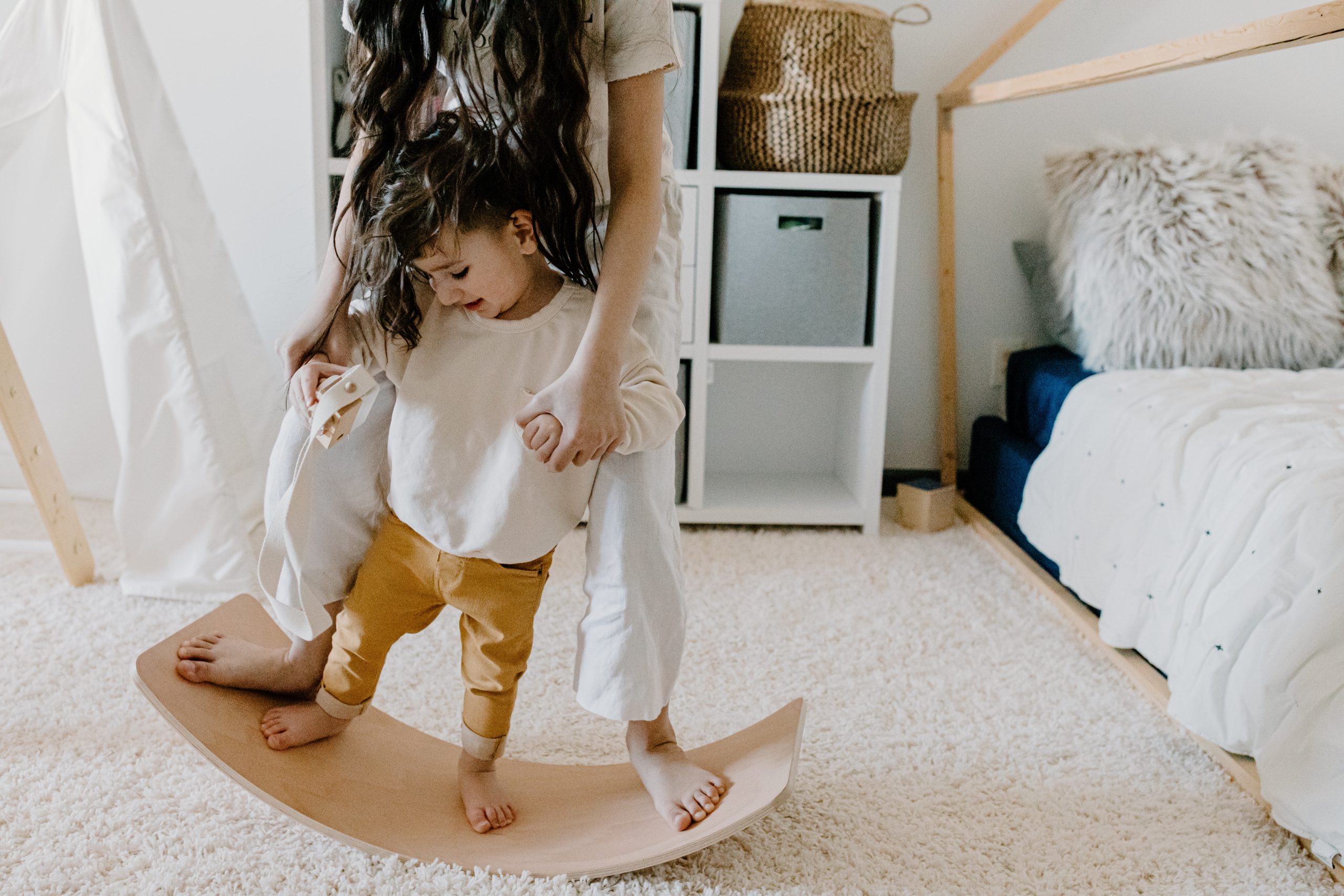
Having gone through all the baby leaps, it’s time to recap.
Do well to remember the following key points:
1. Babies differ from one another. As such, these leaps may not be precise to the week. Some babies need more time with certain things, while other babies need less time. So, be as patient, supportive and observant as you can.
2. Every development leap brings something different. However, every new leap adds to the one before, which means that your baby isn’t going to stop learning things from the previous leap, but expanding it with new knowledge.
3. Baby leaps result in changes to behavioral patterns. Learn to adapt and change your strategies in order to stay on top of your child’s fussiness, crying, changes to their sleep schedule, clinginess, crankiness and mood swings.
With these things in mind, being aware of what kind of baby leaps your angel is making can help you become a better and more knowledgeable parent.
Remember also that these development steps don’t resemble the ultimate how-to guide. It’s something that can help you in many regards, yes, but you should always aspire to keep improving your parenting and educational skills.
In Conclusion

Every leap presents its own goals and challenges.
Don’t expect things to be easy.
Although rewarding, being a parent can be extremely difficult. So, don’t be too hard on yourself. Make sure to arm yourself with knowledge as you nurture your child’s development.
Although we all expect that development to go easy, sometimes those skills are delayed, so make sure to learn about that too.
Remember to cherish the journey, as well.
Sometimes, parents get too wound up to the point where their mindfulness of the journey suffers. Babies grow up real fast. When these sleepless nights suddenly come to an end, you may end up missing them more than you think.
Enjoy the ride. Watch your precious little angel grow.
Use the tips provided above to ensure quality parenting.
Be proud of your little adventurer as they set out to conquer the world.

Mother of three and a primary school teacher. I’ve always loved being around children and helping them, so I chose my path as a teacher. It is sometimes hectic with three children, but I am 100 percent into it and wouldn’t change it for anything in the world.


